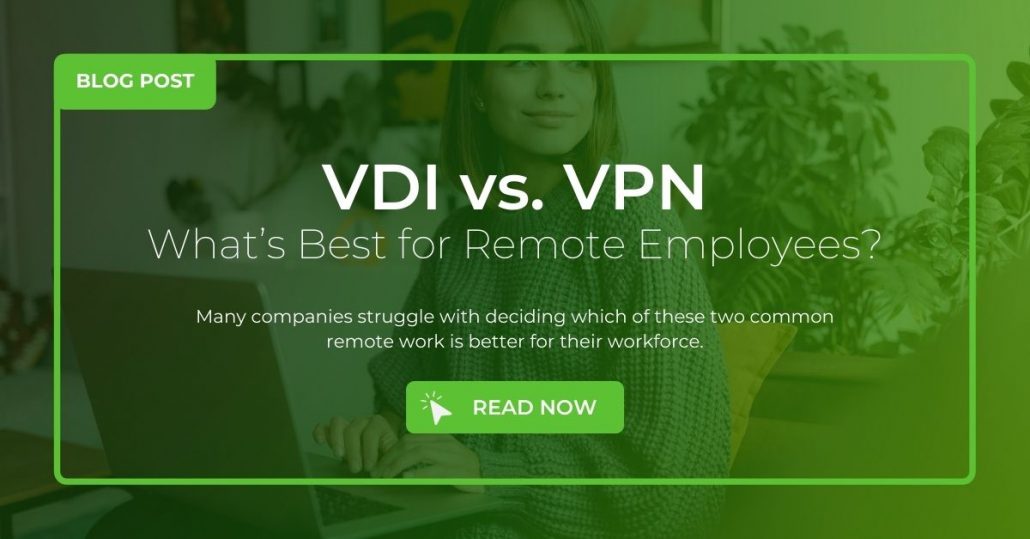
The global, virtual workplaces of today need reliable cybersecurity solutions that protect their intellectual property, employees, and client base. A security operations center (SOC) is now a common requirement for many businesses. A SOC is a centralized unit within an enterprise that alerts, detects, and addresses cybersecurity threats and issues.
Different enterprises will need different security services.
For example, a healthcare company would need to securely store patient information in compliance with the Health Insurance Portability and Accountability Act (HIPAA). An online retailer needs to safeguard its customers’ credit card information from theft to retain their trust and avoid liability.
What is SOC-as-a-service? Its Purpose
But the general purpose of a SOC is the same: it tracks data from the enterprise’s devices, network, and cloud. It analyzes that data to identify potential threats and coordinates a response to those threats.
While some businesses have an in-house SOC, others choose to outsource their SOC to a third party, known as a SOC-as-a-Service (SOCaaS) provider. SOC-as-a-Service functions as an extension of a company’s IT department. It’s a solution that provides the best of both worlds: you receive 24/7 monitoring and coverage, while your IT team remains free to focus on other issues. However, your IT department can view and access the services the SOC is providing with ease.
Benefits of SOC-as-a-Service
By outsourcing your SOC to a managed service provider, your company has access to round-the-clock monitoring and threat detection. SOCaaS plans typically include:
- Vulnerability testing
- Device and software monitoring
- Log management and event correlation
For several companies, there are many advantages to choosing SOC-as-a-Service instead of using an in-house solution or a legacy security system. These include the following:
- Reduced risk: With an expert SOC-as-a-Service provider, you’re less vulnerable to cybercrime and less likely to incur the fines and business costs associated with an attack.
- Lower overhead: SOCaaS typically works as a subscription service, so you only pay for what you need on a month-to-month basis. This eliminates the significant capital and startup costs associated with establishing an internal SOC.
- Rapid remediation: With SOC-as-a-Service, you benefit from state-of-the-art technology that quickly deliver high-confidence alerts. This allows for rapid detection and repair if a breach does occur.
- Scalability: An in-house SOC isn’t always responsive to growth or change at your company. Choosing SOC-as-a-Service allows you to expand or contract your security services as needed, matching the current scale of your operation.
About SOC-as-a-Service Pricing
The great thing about SOC-as-a-Service is that it’s a flexible security solution. Many SOC-as-a-Service providers use a subscription model, so you’ll pay a flat, monthly fee for outsourced services. Some service providers may offer pricing plans based on the number of devices on your network, the amount of storage you require, or the number of optional features you’d like. If you aren’t sure what type of plan best fits your organization’s needs, you can ask the service provider to set up a consultation or demonstration.
Partner with a Managed Security Service Provider
At VPLS, we work with businesses of all sizes, across multiple industries. Our services range from infrastructure management and cloud deployment to disaster recovery and IT support — and we customize every aspect of your managed security services to ensure you get exactly what you need.
To speak with a VPLS expert about finding a SOC-as-a-Service subscription that’s right for your business, contact us today.
Read More from this Author


